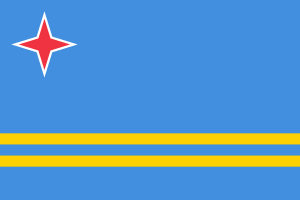Difference between revisions of "Language/Papiamento/Vocabulary/How-to-Say-Hello-and-Greetings"
< Language | Papiamento | Vocabulary
Jump to navigation
Jump to search
m (Quick edit) |
|||
| Line 1: | Line 1: | ||
[[File:greetings-say-hello-polyglot-club.png|thumb]] | [[File:greetings-say-hello-polyglot-club.png|thumb]] | ||
[[File:Aruba-Timeline-PolyglotClub.png|thumb]] | |||
<div style="font-size:280%;">🤗 '''Papiamento''' Greetings for Everyday Life</div> | <div style="font-size:280%;">🤗 '''Papiamento''' Greetings for Everyday Life</div> | ||
Revision as of 19:46, 6 December 2021
🤗 Papiamento Greetings for Everyday Life
Hi Papiamento learners! 😃
Do you want to learn how to say “Hello” in Papiamento?
Greetings are an important part of any language because they allow you to connect and communicate with others.
If you’re planning a trip to the country or are trying to learn Papiamento, keep reading to discover some of the most important greetings.
Let’s get started! 🤗
Greetings
| English | Papiamento |
|---|---|
| general greeting | Kon ta bai? |
| reply to Kon ta bai | Bon |
| morning greeting | Bon dia |
| afternoon greeting | Bon tardi |
| evening and nighttime greeting | Bon nochi |
| welcome greeting | Bon bini |
Sources
Polyglot Club thanks Jennifer Runner for her outstanding work in collecting some of the phrases for this Papiamento lesson. 👍
Her objective is, like the Polyglot Club, to promote intercultural communication and understanding and to raise awareness of linguistic diversity in the world. ✨
- More information on her website: http://users.elite.net/runner/jennifers/

